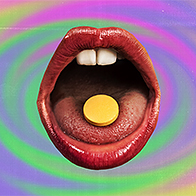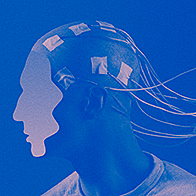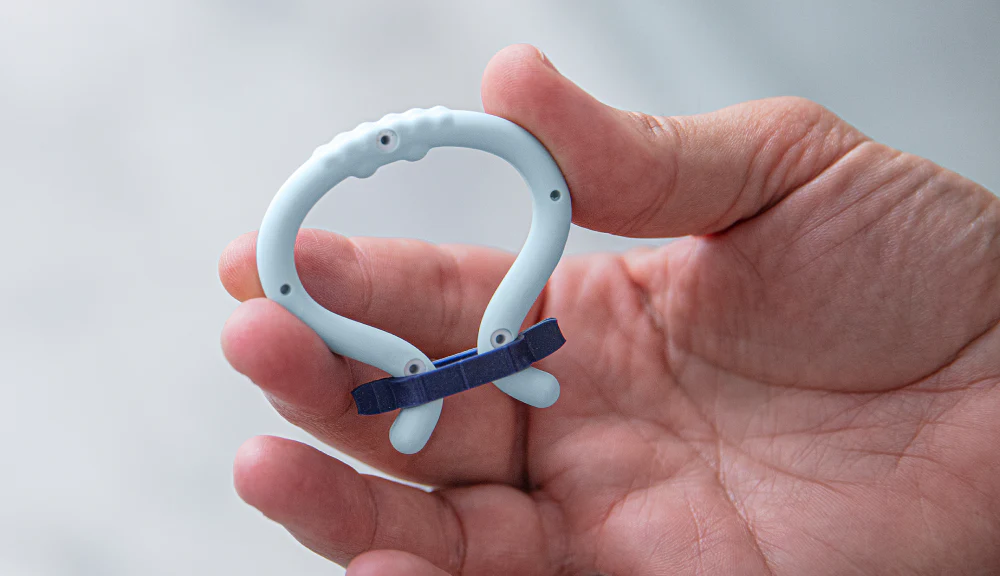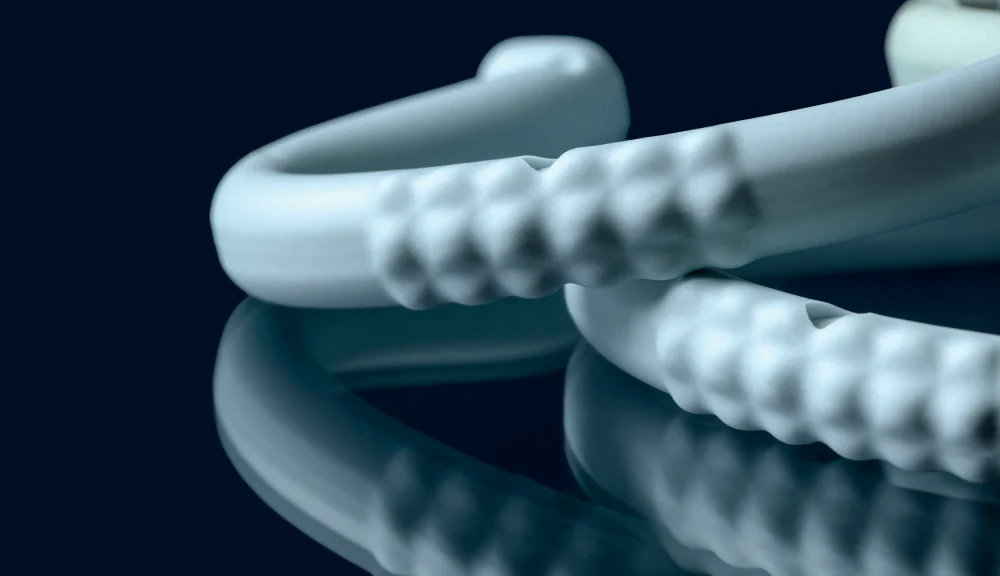Transcranial Magnetic Stimulation Marks a New Way to Treat Depression

As of 2017, the Anxiety and Depression Association of America reported that 264 million people worldwide lived with depression, making it one of the most prevalent mood disorders globally. In the U.S. alone, at least 17 million adults suffer from one major depressive episode per year.
Since August of last year, adults experiencing symptoms of depression and/or anxiety spiked from 36.4 percent to 41.5 percent. Unmet mental needs that escalate depressive symptoms and suicidal ideation have increased at alarming rates since the beginning of the COVID-19 pandemic in early 2020.
Major depressive episodes caused by stress, trauma and/or illness can be debilitating mentally, emotionally and physically. For most people living with depression, a treatment plan consisting of psychotherapy and/or medication can ease symptoms, allowing patients to regain stability in their lives. However, there are people who suffer from treatment-resistant depression: Their symptoms of always feeling sad, hopeless, fatigued and/or irritable do not subside with medication or talk therapy.
Working to improve brain function
Transcranial magnetic stimulation works to stimulate neural pathways in the brain that have become inactive due to depression. In practice (and always in a clinical setting), a doctor places an insulated coil around their patient's scalp, which will send a rapid succession of magnetic pulses to the brain. This is referred to as repetitive TMS (rTMS), and is a painless and noninvasive procedure.
Although researchers and clinicians are always learning more about how TMS works to activate certain areas of the brain, they've found success in stimulating the prefrontal cortex regions. This part of the brain helps regulate our stressors and emotional responses.
"TMS works by 'resetting' how networks in the brain are [functioning]," explained Andrew F. Leuchter, M.D., a professor, vice chair and associate director of the Semel Institute at UCLA with more than 30 years in the field of psychiatry. "TMS increases neuroplasticity, meaning that it helps the brain form new connections that help an individual stay well."
Leuchter noted the promising results of the therapy, saying, "One exciting thing about TMS is that it has shown us that serious, long-lasting depression is a highly treatable illness. Even in patients who have suffered from depression for years and failed to benefit from medication, more than 60 percent can recover with TMS."
How TMS differs from other brain stimulation therapies
Transcranial magnetic stimulation is much different from the more widely known electroconvulsive therapy (ECT).
Patients undergoing TMS therapy "are awake throughout a TMS treatment. No anesthesia is involved, and no electricity is passed into the brain," Leuchter said. "In contrast to ECT, many patients report that their thinking and memory is better following TMS treatment."
Danielle Zito, a board-certified psychiatric and mental health clinical nurse specialist who has practiced in Boston for 14 years, extrapolated, saying:
"Both can improve neurotransmission, alter neuronal receptors and increase brain-derived neurotrophic factors, which can help the brain heal," she said. "In my experience, ECT has a much more rapid effect for depression. I find most respond better to it compared to TMS. [Also], TMS takes longer to achieve a response.... Despite this, ECT has many more side effects and risks. [The] needs and health status of the individual patient are to be considered carefully when selecting [a] treatment plan to implement."
Patients who are recommended for TMS therapy
As with any course of treatment, patients are first evaluated to ensure they are an appropriate fit for TMS.
"TMS can be very effective for many patients, but just like some medications are very helpful for some patients but not others, the same is true for TMS," Zito said. "Some people respond and others do not. For my patients, I would refer [it to] anyone interested in a nonmedication option to treat depression, [especially] patients that do not have a full response to depression medications or have had multiple failed trials of antidepressants. TMS is noninvasive, and for most patients has little to no side effects. This makes it appealing to many patients.
"One caveat is that TMS is time-consuming," she added. "This can be limiting for patients that need to be at work, have children or other responsibilities. In my practice, this is the main reason patients opt not to do TMS."
Leuchter echoed the time commitment patients need to adhere to when they choose transcranial magnetic stimulation.
"TMS is generally a once-a-day treatment, with patients having a total of 36 sessions (each lasting only about 20 minutes)," Leuchter said. "Treatment is generally five days a week for six weeks, followed by a three-week taper."
Another reason people may decide against TMS treatments is its cost, depending on the patient's insurance.
Not by TMS alone
TMS is only part of an overall treatment strategy for their depression.
"In my patients whom I've referred for TMS, ongoing medications and sometimes medication adjustments are the norm even after TMS treatment," Zito said. "A 'touch-up' of TMS may be warranted in the future if symptoms return and the patient had a very good response [to the] treatment."
Leuchter emphasized the importance of medication as a supplement.
"The goal of TMS treatment is to help patients recover from their depression, which usually involves staying on medication to help them stay well," he said. "Some of our patients have successfully tapered their medications once they recover following TMS."
He also recommends that patients continue or begin psychotherapy.
"Many of our patients have been seriously ill and can have difficulty in resuming usual activities even when the depression has been adequately treated," Leuchter explained. "Psychotherapy can help individuals make a more complete functional recovery."
Next steps
If you think transcranial magnetic stimulation is a potential option for you, speak to your mental health clinician or with your primary care doctor for a referral to a psychiatric specialist.
As with all mental health concerns, the more open and honest you can be with your clinicians, the better they can understand your needs. By working together, you can begin to recover from depression and have a better quality of life.
If you need immediate help for yourself or a loved one, please refer to the MentalHealth.gov website for 24-hour-care numbers. For help outside the U.S., please go to the United for Global Mental Health website.




















